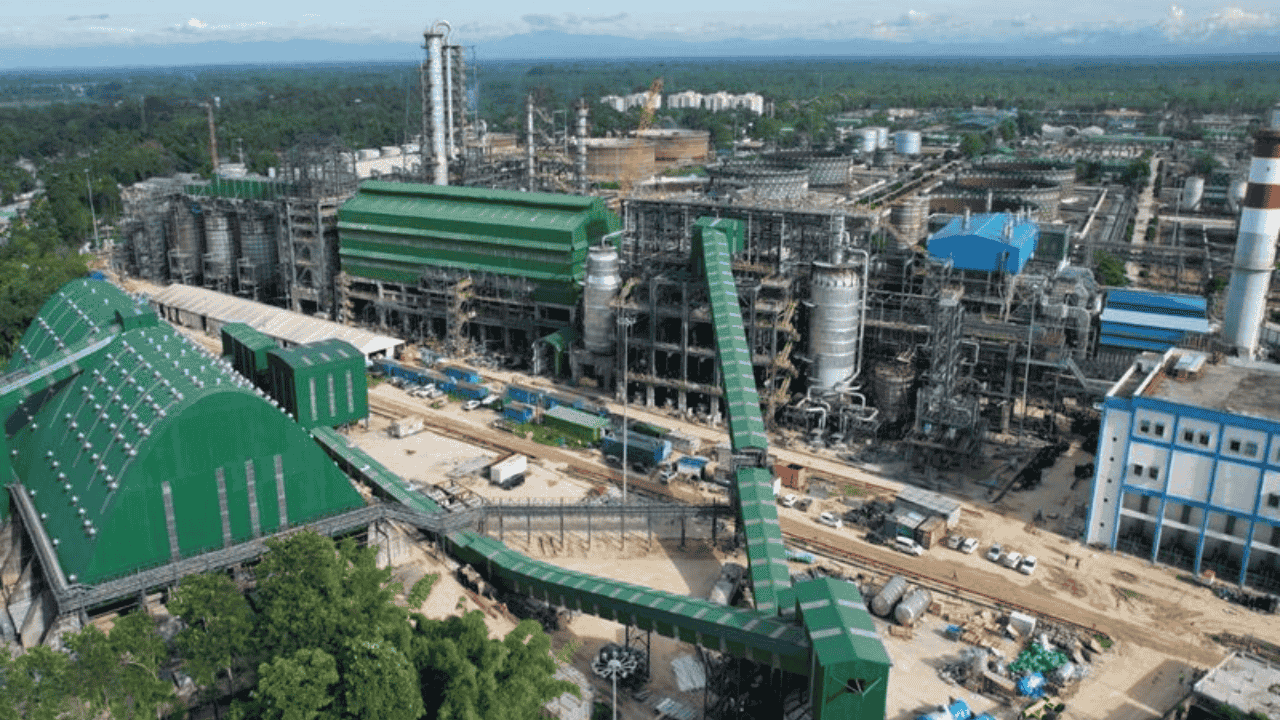Key Facts: Introduction to Chunar Fort
Chunar Fort is an ancient historical heritage located in the Mirzapur district of Uttar Pradesh, built on a distinct rock of the Vindhya mountain range along the banks of the Ganga River. The fort is situated about 40 kilometers from Varanasi and was constructed in the 11th century by King Vikramaditya of Ujjain. The fort is also known as Chandrakanta Chunargarh and Charanadri.
Geographical Location and Structure
Location and Size
District: Mirzapur, Uttar Pradesh
Elevation above sea level: 280 feet (85 meters)
Area: 34,000 square feet
Distance from Varanasi: 40 kilometers
The fort is situated on a separate rock of the Vindhya mountain range and offers magnificent views of the Ganga River. The Vindhya mountain range stretches approximately 675 miles (1,086 km) from Gujarat in the west to the Ganga valley near Varanasi in Uttar Pradesh in the east.
Historical Significance and Sequence of Rulers
From Ancient Times to Mughal Rule
The history of Chunar Fort dates back to 56 BCE and it has witnessed the rule of various dynasties. The main rulers are as follows:
11th century: Construction by King Vikramaditya
1525 CE: Stay of Babur, founder of the Mughal dynasty
1532 CE: Rule of Sher Shah Suri
1537 CE: Three-month siege by Humayun
1574 CE: Captured by Akbar
1586 CE: Construction of the western entrance during Akbar’s reign
British Era
1768 CE: British control
1781 CE: Residence of Warren Hastings
Until 1947 CE: Under British occupation until India’s independence
Main Attractions and Architectural Features
Major Structures
The following important structures are located within the fort:
Bhartrihari’s Samadhi: The sacred tomb of King Vikramaditya’s brother
Warren Hastings’ Bungalow: Residence of the first Governor-General of India
Sonwa Mandap: The wedding venue of King Sahdev’s daughter
Prem Kuan (Love Well): Includes secret chambers and bathing areas
Chhatra: Symbol of King Sahdev’s victory, based on 52 pillars
Sundial: An ancient timekeeping device with inscriptions
Mythological Connections
Vamana Avatar: The site is associated with the first step of Lord Vishnu’s Vamana incarnation
Nainagarh: Also known by this name because King Sahdev installed the idol of Naina Yogini here
Importance in the Modern Context
Archaeological Department
In 1921, the Archaeological Survey of India took over the fort and declared it a protected monument. Today, it is a popular tourist destination that showcases the country’s glorious and turbulent past.
Literary Connection
The background of Devkinandan Khatri’s famous novel ‘Chandrakanta’ is believed to be inspired by experiences from this region.
Importance from the UPSC Exam Perspective
Geographical Perspective
Vindhya Mountain Range: Traditional boundary between North and South India
Ganga River System: Origin point for major southern tributaries
Geographical Location: Southern edge of the central highlands of India
Historical Perspective
Medieval India: Center of conflict between Mughal rulers and Afghan rulers
British Era: Early colonial administration and the role of Warren Hastings
Freedom Struggle: The fort’s participation in the 1857 uprising
Art and Culture
Architectural Style: A blend of Hindu, Mughal, and British styles
Religious Importance: Bhartrihari’s Samadhi and Gangeshwar Nath Temple
Administrative Geography
Mirzapur District: An important district of Uttar Pradesh, also known for stories of UPSC success







